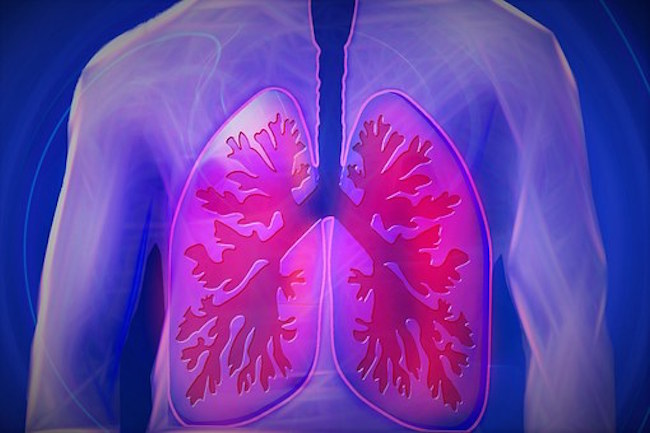Ventilators May Increase Risk of Death From COVID-19 by Dr. Joseph Mercola for Mercola
GNN Note – This idea has been floating around for about two weeks now. Time to release!
******
In recent weeks, several doctors and published papers have noted that COVID-19 patients who are put on ventilators have an increased risk of death.1 April 9, 2020, Business Insider reported2 that 80% of COVID-19 patients in New York City who are placed on ventilators die, causing some doctors to question their use.
According to The Associated Press,3 “Similar reports have emerged from China and the United Kingdom. One U.K. report put the figure at 66%. A very small study in Wuhan … said 86% died.”
Updated New York City Statistics
An April 22, 2020, study published in JAMA describing the outcomes for 5,700 patients hospitalized with COVID-19 in the New York City area reported:4
“Mortality rates for those who received mechanical ventilation in the 18-to-65 and older-than-65 age groups were 76.4% and 97.2%, respectively. Mortality rates for those in the 18-to-65 and older-than-65 age groups who did not receive mechanical ventilation were 19.8% and 26.6%, respectively. There were no deaths in the younger-than-18 age group.”
These numbers were amended shortly thereafter, though. April 26, 2020, CNN Health reported5 that an average of 24.5% of patients placed on ventilators died, compared to about 20% of those who were not ventilated.
Karina Davidson, senior vice president of research at Northwell Health, told CNN her team had decided to “clarify the wording of the report,” and that the figures are being updated to reflect “how many [patients] we know have had an outcome and how many remain in the hospital.” CNN explained:6
“The original report in JAMA stated that 12% of patients required ventilation and of them 88% died — but those numbers only represented a minority of patients whose outcome was known, not the entire body of patients. The updated numbers include all of the patients, including those who remained in the hospital at the time the data was gathered on April 4.”
In an April 8, 2020, article, STAT News reported:7
“What’s driving this reassessment is a baffling observation about COVID-19: Many patients have blood oxygen levels so low they should be dead. But they’re not gasping for air, their hearts aren’t racing, and their brains show no signs of blinking off from lack of oxygen.
That is making critical care physicians suspect that blood levels of oxygen, which for decades have driven decisions about breathing support for patients with pneumonia and acute respiratory distress, might be misleading them about how to care for those with COVID-19.
In particular, more and more are concerned about the use of intubation and mechanical ventilators. They argue that more patients could receive simpler, noninvasive respiratory support, such as the breathing masks used in sleep apnea, at least to start with and maybe for the duration of the illness.”
Oxygen Is Needed but Ventilation May Be Inadvisable
Dr. Cameron Kyle-Sidell, whose video is featured at the top of this article, has noted their patients’ symptoms have more in common with altitude sickness than pneumonia.8 Similarly, a recent paper9 by Drs. Luciano Gattinone and John Marini describes two different types of COVID-19 presentations, which they refer to as Type L and Type H.
While one benefits from mechanical ventilation, the other does not. Dr. Roger Seheult discusses this paper, as well as the comparison of COVID-19 to high altitude pulmonary edema or HAPE, in the MedCram video above.
In the final analysis, it may turn out that ventilators are inappropriate for a majority of patients, and doctors at UChicago Medicine report10 “truly remarkable” results using high-flow nasal cannulas in lieu of ventilators. As noted in a press release:11
“High-flow nasal cannulas, or HFNCs, are non-invasive nasal prongs that sit below the nostrils and blow large volumes of warm, humidified oxygen into the nose and lungs.
A team from UChicago Medicine’s emergency room took 24 COVID-19 patients who were in respiratory distress and gave them HFNCs instead of putting them on ventilators. The patients all fared extremely well, and only one of them required intubation after 10 days …
The HFNCs are often combined with prone positioning, a technique where patients lay on their stomachs to aid breathing. Together, they’ve helped UChicago Medicine doctors avoid dozens of intubations and have decreased the chances of bad outcomes for COVID-19 patients, said Thomas Spiegel, MD, Medical Director of UChicago Medicine’s Emergency Department.
‘The proning and the high-flow nasal cannulas combined have brought patient oxygen levels from around 40% to 80% and 90%, so it’s been fascinating and wonderful to see,’ Spiegel said …
‘Avoiding intubation is key,’ Spiegel said. ‘Most of our colleagues around the city are not doing this, but I sure wish other ERs would take a look at this technique closely.’”




